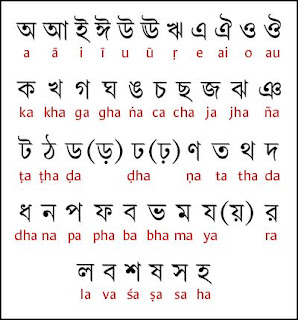

As a consequence of the relative sparsity of names available in the Gujarati script for places of interest (POIs) in India, instead of their desired result, the user is shown a result that is further away. In this search, Google Maps knows to look for hospitals, but it doesn't understand that કેડી is KD, hence it finds another hospital, CIMS. Here, કેડી (“ kay-dee”) is the sounding out of the acronym KD, and હોસ્પિટલ is “hospital”. They issue the search query, કેડી હોસ્પિટલ, in the native script of Gujarati, the 6th most widely spoken language in India. Addressing such mixed-language representations requires a transliteration system that maps characters from one script to another, based on the source and target languages, while accounting for the phonetic properties of the words as well.įor example, consider a user in Ahmedabad, Gujarat, who is looking for a nearby hospital, KD Hospital. These names are often in English and may be combined with acronyms based on the Latin script, as well as Indian language words and names. However, the names of most Indian places of interest (POIs) in Google Maps are not generally available in the native scripts of the languages of India.

In order to make Google Maps as accessible as possible to the next billion users, it must allow people to use it in their preferred language, enabling them to explore anywhere in the world. Over the next five years, that number is expected to rise to 90%. Nearly 75% of India’s population - which possesses the second highest number of internet users in the world - interacts with the web primarily using Indian languages, rather than English. Posted by Cibu Johny, Software Engineer, Google Research and Saumya Dalal, Product Manager, Google Geo


 0 kommentar(er)
0 kommentar(er)
